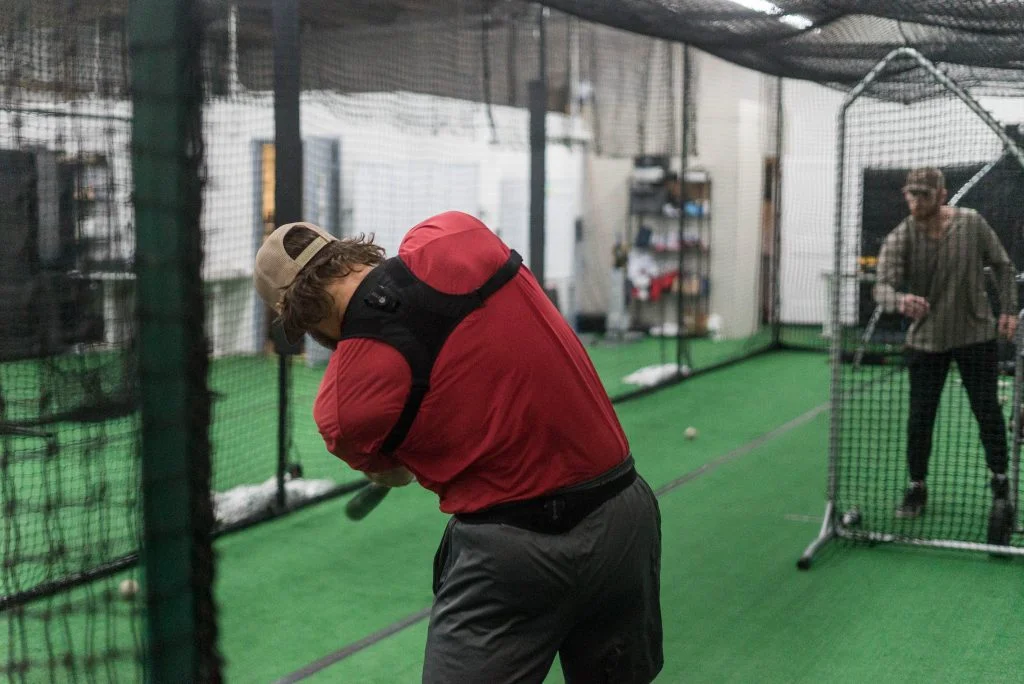Progressive loading of a muscle group is necessary to improve strength, prevent injury and improve endurance when performing a task. Driveline baseball has a unique approach for progressively loading the shoulder complex that is tailored to help improve the ability for the arm the handle the forces that occur during overhead throwing. Different forces on the arm occur at different points in the game depending on factors such as the pitch thrown or role of the pitcher (starter, mid relief, closer). A starting pitcher needs the endurance to throw more pitches over the course of a game. A closing pitcher needs the be able to handle high levels of exertion on each pitch close to maximal demand.
A throwing program must help an athlete train for both maximal exertion and submaximal effort alike to help a pitcher be effective in getting batters out. Driveline baseball’s training program aims to improve many factors of each athlete focusing most on overall arm health. Factors such as pitch velocity and arm strength are important secondary factors but become unimportant if you are unable to compete due to injury. The warm up phase consists of j bands, foam rollers, shoulder tubes and wrist weights.
Then, Ballistic training along with Progressive throwing with weighted balls, biomechanics labs and EMG sensors allow for changes to be made to reduce strain or chance of injury on the arm while improving strength and velocity. The recovey phase consists of rebounders, grastin soft tissue, electric stimulation, j bands and tubing. Driveline also aims to achieve is a similar culture and effort of every individual who participates. Kyle Boddy founder of driveline baseball suggest “we expect the same level of effort whether you play at a junior college or you play in the big leagues.” Driveline gives you the tools to succeed but the hours of hard work are ultimately up to the player to put in to see meaningful change in on field results. For more information on driveline’s progressive throwing program visit their website.














